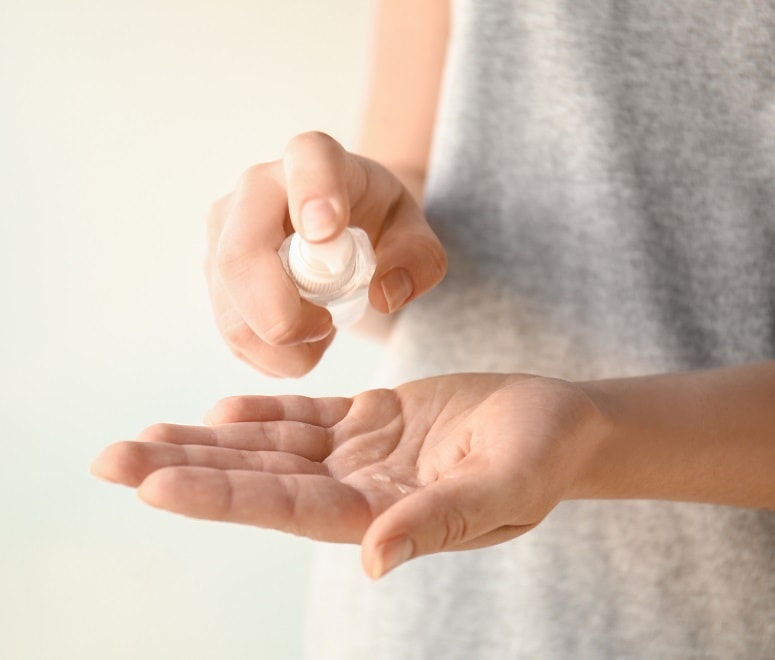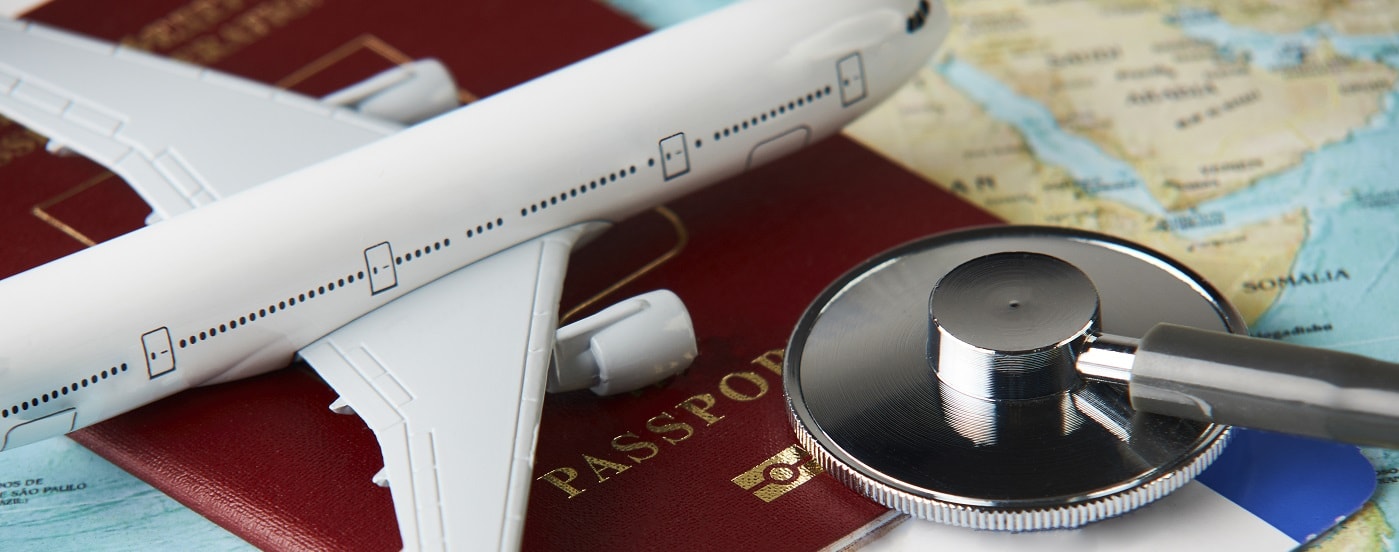Lots of people love flying – but whoever said it’s the journey not the destination probably wasn’t thinking about a long-haul flight. Flying might be pretty cool, but it doesn’t always agree with our bodies. If you’re not properly prepared, spending hours inside a giant metal tube, crossing time zones and sometimes even hemispheres, can really take its toll on your wellbeing. Luckily for you, we’ve pulled together some helpful tips for a healthy long-haul flight, so you can arrive feeling refreshed, no matter the distance.
Eat well
While some airlines offer fantastic in-flight meals, others have a tendency to be starchy and high in sugar. If the onboard offering isn’t particularly nutritious, we’d recommend supplementing it with your own healthy travel snacks. Almonds, fruit and protein bars are all great options but there are certain foods you should definitely avoid.
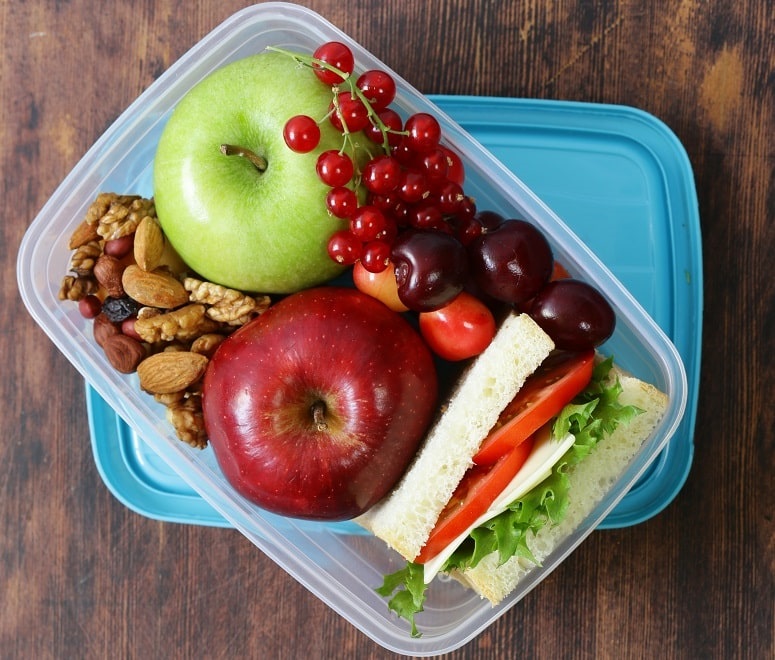
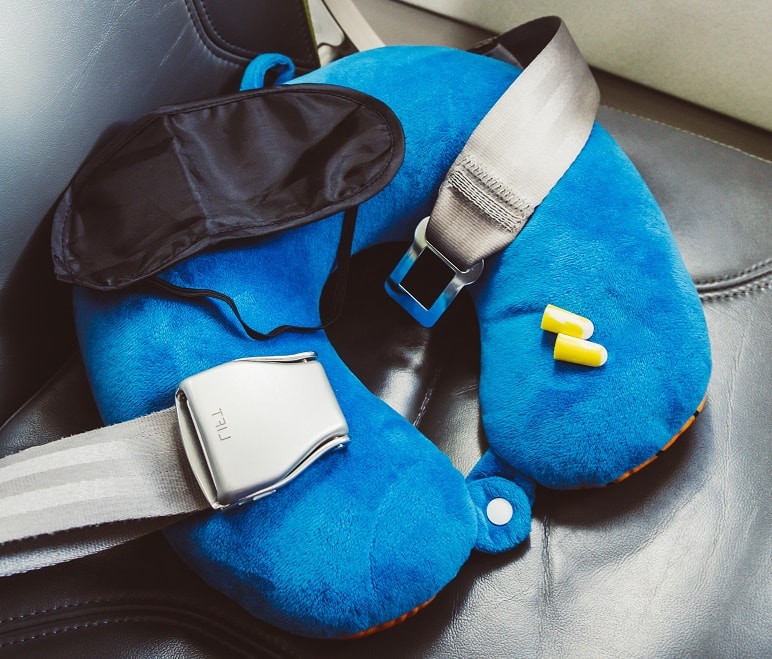
Rest up
No one wants to spend the first day of their holiday recovering from jetlag so you’ll want to try to catch some sleep onboard if you can. Engine noise, crying babies and the flickering light of your neighbour’s screen can all prove problematic – so give yourself the best shot at a snooze by packing a neck pillow, eye mask and some ear plugs or noise-cancelling headphones. It’s good to adjust to your new time zone ASAP, so change your watch before boarding and try to sleep, and eat, in line with your destination time.
Take a walk
Extended periods of immobility can lead to muscle cramps or, worse, deep vein thrombosis and blood clots. So, while a scenic stroll will have to wait until you land, it’s important that you do get up and move around during the flight in order to keep blood flowing. Booking yourself an aisle seat will make this much easier, as you won’t have to clamber over fellow passengers in order to stretch your legs. In-seat exercises like ankle rolls and calf raises also help, as do compression stockings. While they’re not the most fashion-forward choice, they do reduce the risk of DVT, so probably worth the sartorial sacrifice.
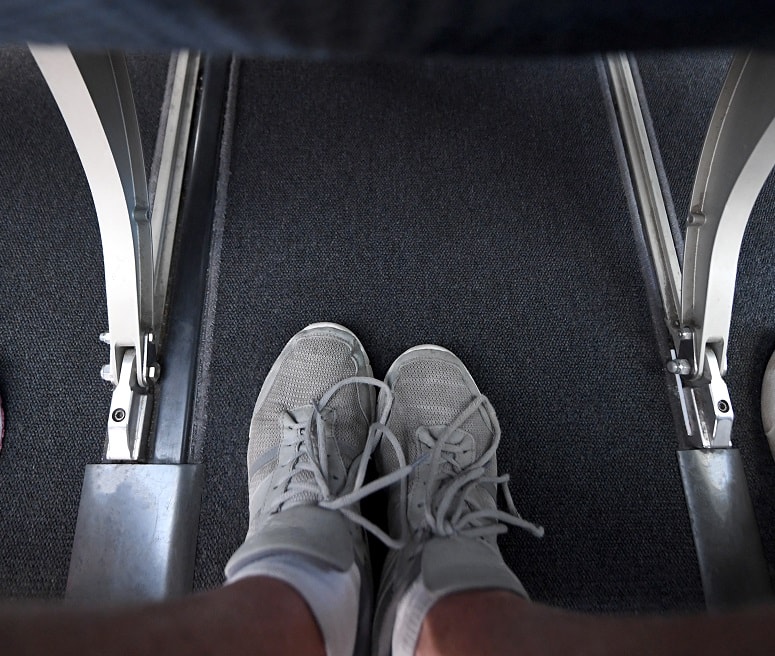
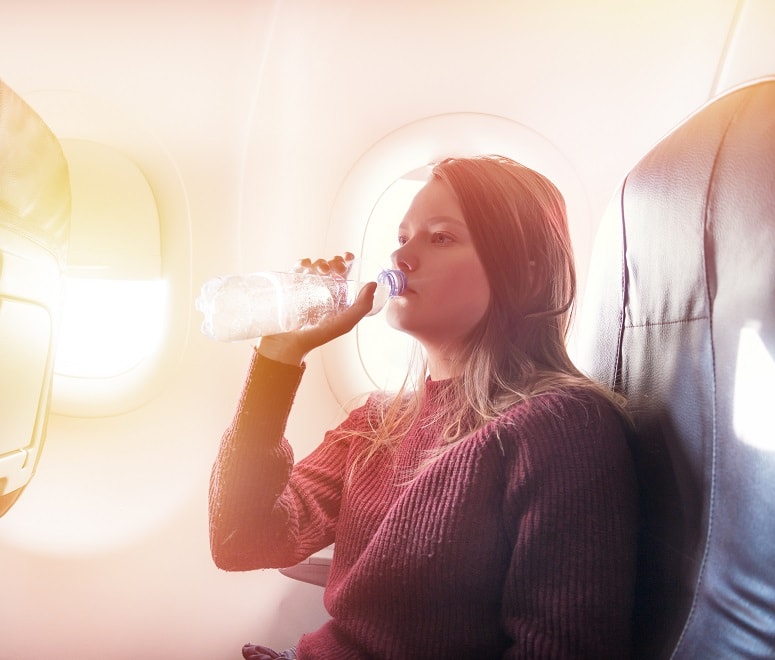
Stay hydrated
It’s no secret that flying can lead to dehydration, with symptoms including fatigue, headaches and nausea. To combat this it’s important to stay properly hydrated by drinking at least one glass of water every hour during the flight. It’s a good idea to pack your own water bottle, pass on caffeine and alcohol (even if the wine is free), and it should go without saying that drinking the water from the bathroom taps is a no-no. Low humidity can also affect your skin and eyes so it’s worth popping a small tub of moisturiser and some eye drops in your liquids bag. If you normally wear contact lenses, switch to glasses to avoid discomfort.
Pack some anti-bac
We’ve all heard stories about the germs that linger around aircrafts. Seats, armrests and tray tables have all been known to house unwanted stowaways – and as for seat pockets, well, the less said about those, the better. To increase your chances of a healthy long-haul flight, and avoid catching some nasty bug, be sure to wash your hands thoroughly after going to the toilet, use a paper towel when touching handles, and wipe down surfaces with sanitising wipes where possible. It’s probably worth bringing your own blanket too, just FYI.
